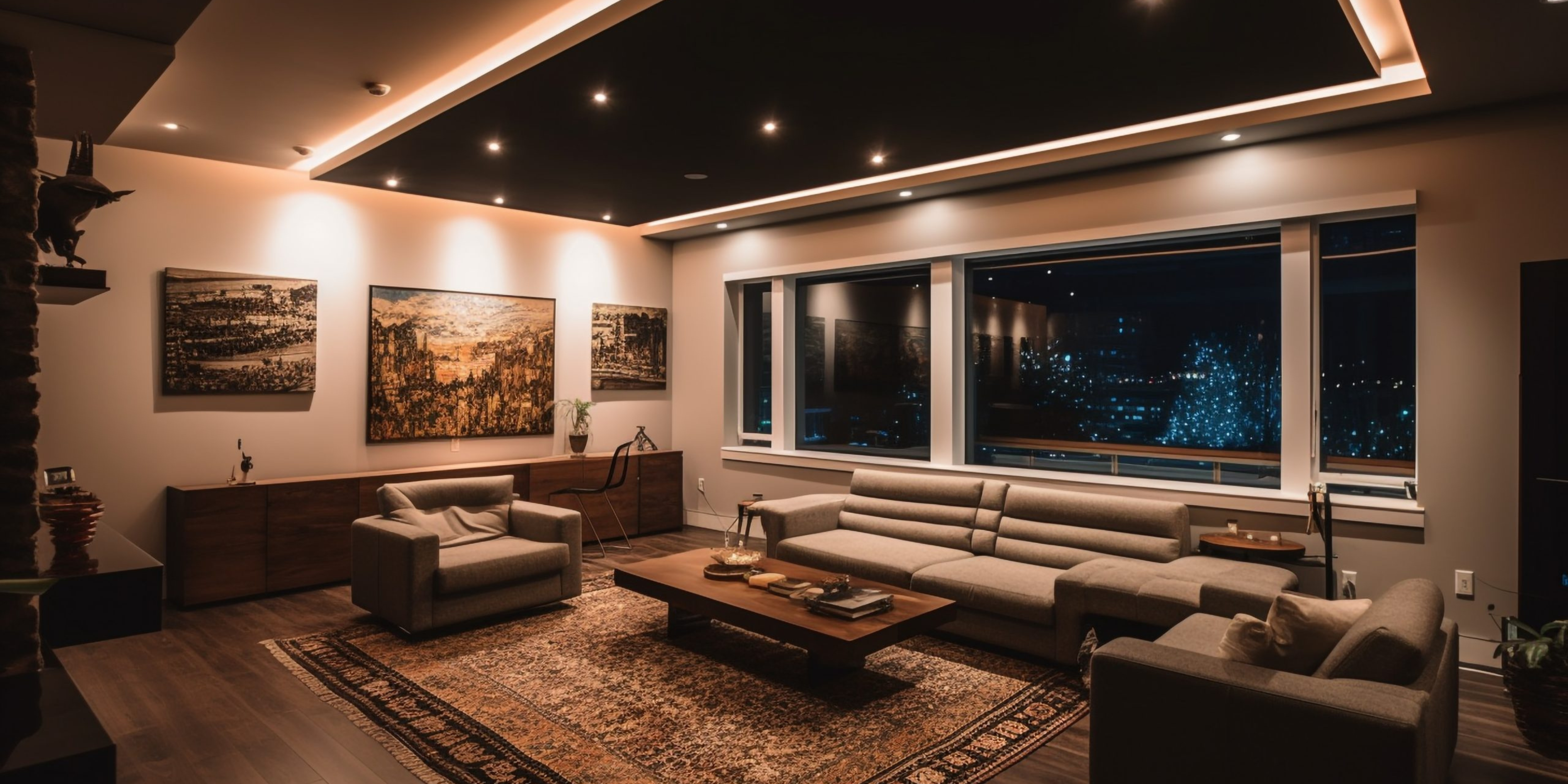Sustainable Lighting: How Architectural Lighting Can Save Energy & Costs

In today’s world, sustainability isn’t just a buzzword—it's a necessity. This is especially true in architecture and design, where every choice has an impact on both the environment and long-term costs. While often overlooked, lighting plays a pivotal role in this equation. By embracing sustainable architectural lighting solutions, we can create spaces that are not only beautiful but also remarkably energy-efficient and cost-effective.
The Shift to Energy-Efficient Lighting Solutions:
For decades, traditional incandescent bulbs were the norm, but they were notoriously inefficient, converting most of their energy into heat instead of light. The introduction of LEDs (Light Emitting Diodes) revolutionized the industry. These efficient lighting solutions consume up to 85% less energy and have a significantly longer lifespan, drastically reducing the need for replacements and minimizing landfill waste.
A single LED bulb can last for over 50,000 hours, which is more than 50 times longer than a traditional incandescent bulb.
But sustainability goes beyond just the light source. It's about designing a system that works in harmony with a building's environment.
Environmentally Friendly Lighting Design for a Brighter Future
Environment friendly lighting design considers how light interacts with a space throughout the day. This involves leveraging natural light wherever possible through thoughtful placement of windows and skylights. When artificial light is needed, the design focuses on minimizing light pollution and ensuring that every fixture serves a purpose. It's an approach that avoids over-illumination and ensures that light is directed exactly where it's needed.
This philosophy is crucial for both residential and commercial spaces. For homes, modern residential lighting ideas might involve layered lighting that allows homeowners to adjust the brightness and mood of a room, saving energy when full light isn't needed. In commercial settings, innovative commercial lighting design in hyderabad might include advanced sensors and controls to ensure lights are only on when a space is occupied.
Smart Lighting: Automation Systems for Maximum Efficiency
The real power of sustainable lighting is unlocked with technology. Smart lighting automation systems are the brains behind an efficient design. These systems use a variety of tools to optimize light usage:
- Occupancy Sensors: Automatically turn lights on when a person enters a room and off when they leave. Studies show this can reduce lighting energy consumption by 30-60%.
- Daylight Harvesting: Sensors that measure natural light and dim artificial lights accordingly, ensuring a consistent light level and reducing energy consumption.This can lead to energy savings of up to 40% in commercial spaces.
- Time-Based Controls: Programming lights to turn on and off at specific times, aligning with a building's operational hours.
This level of control ensures that energy is never wasted, leading to substantial savings on utility bills over time.
Conclusion: A Strategic Investment in Light
Choosing sustainable lighting is a strategic investment. It's an opportunity to create stunning, functional spaces while making a tangible positive impact on the environment. The combination ofenergy-efficient lighting solutions and smart lighting automation systems not only lowers costs but also enhances the well-being of a building's occupants. By thinking holistically about design, we can craft environments that are both responsible and truly brilliant.
